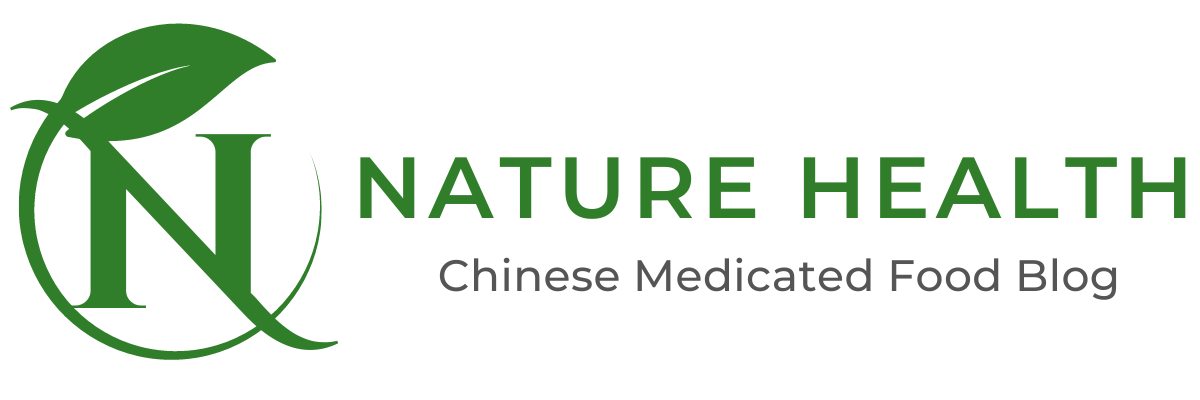Purslane (马齿苋) is a type of wild vegetable that is pretty common in the market nowadays.
You might have heard about its benefits from your friends or online but rarely do people talk about its exact benefits and who should not eat it.
In this post, I will share in detail about purslane so you can decide if it is suitable for you and your family’s consumption.
Purslane is also known as a longevity vegetable as it has very high nutritional properties.
It is one of the few vegetables that contain omega-3 fatty acids. This means it can help to reduce blood cholesterol and prevent cardio-related diseases.
Purslane has strong cooling and detox properties. Thus, it can be used internally (consumed) or externally (applied on skins) for eczema or other skin conditions. It can also hep in urination, especially for people who find it difficult to urinate at times.
Purslane can also relieve constipation if the intestine is heaty (due to lack of water consumption etc).
The following is a simple way you can eat purslane at home if you need relief in the above conditions.
Ingredients (for one pax):
Boils the water and blanch purslane (washed and cleaned) for two minutes. Scoop out the purslane and run it through the cool water. It can be eaten right away with chopped (& sliced) garlic this way.
For the water left in the pot, you can drink it too (by adding white sugar to sweeten if you like) for the detox effect.
First, people with weak stomachs and spleens must avoid eating purslane because it is pretty cooling to the body.
Second, pregnant women must avoid eating it.
In summary, purslane is not an everyday-to-eat vegetable. Only eat it if you need its detox and cooling properties. Its omega 3 benefits is a side bonus, I suggest not eating purslane just for its omega 3. There are other omega 3 vegan options like chai seeds, flax seeds, walnuts, edamame, and seaweeds.
| Cookie | Duration | Description |
|---|---|---|
| cookielawinfo-checkbox-analytics | 11 months | This cookie is set by GDPR Cookie Consent plugin. The cookie is used to store the user consent for the cookies in the category "Analytics". |
| cookielawinfo-checkbox-functional | 11 months | The cookie is set by GDPR cookie consent to record the user consent for the cookies in the category "Functional". |
| cookielawinfo-checkbox-necessary | 11 months | This cookie is set by GDPR Cookie Consent plugin. The cookies is used to store the user consent for the cookies in the category "Necessary". |
| cookielawinfo-checkbox-others | 11 months | This cookie is set by GDPR Cookie Consent plugin. The cookie is used to store the user consent for the cookies in the category "Other. |
| cookielawinfo-checkbox-performance | 11 months | This cookie is set by GDPR Cookie Consent plugin. The cookie is used to store the user consent for the cookies in the category "Performance". |
| viewed_cookie_policy | 11 months | The cookie is set by the GDPR Cookie Consent plugin and is used to store whether or not user has consented to the use of cookies. It does not store any personal data. |
